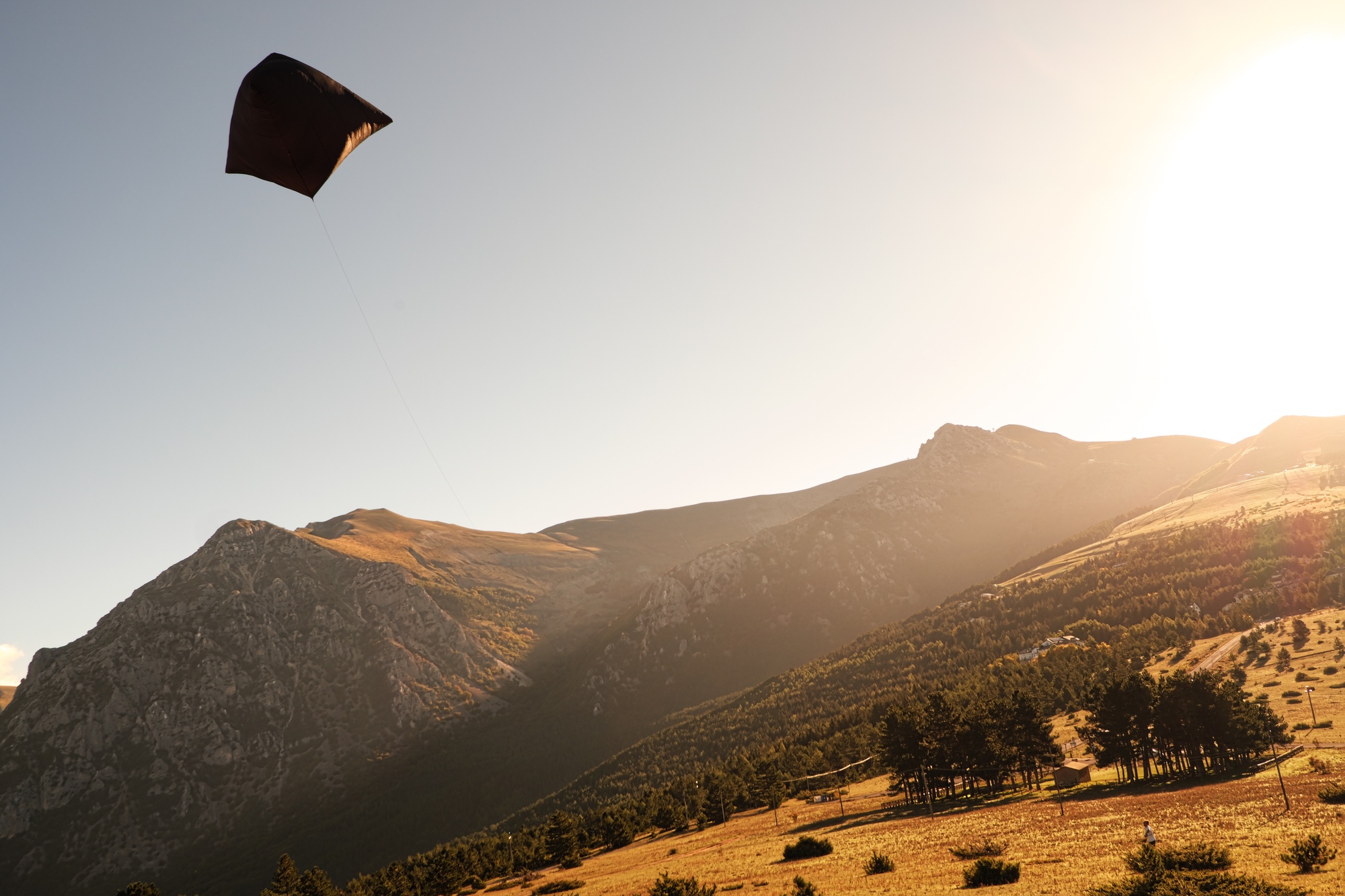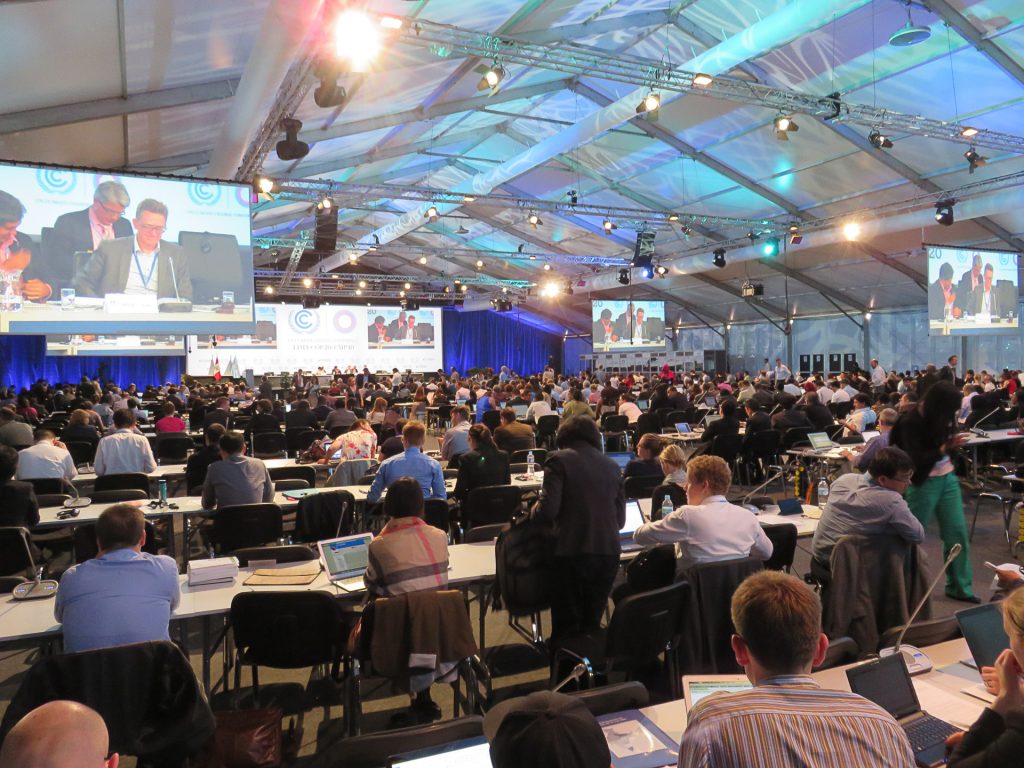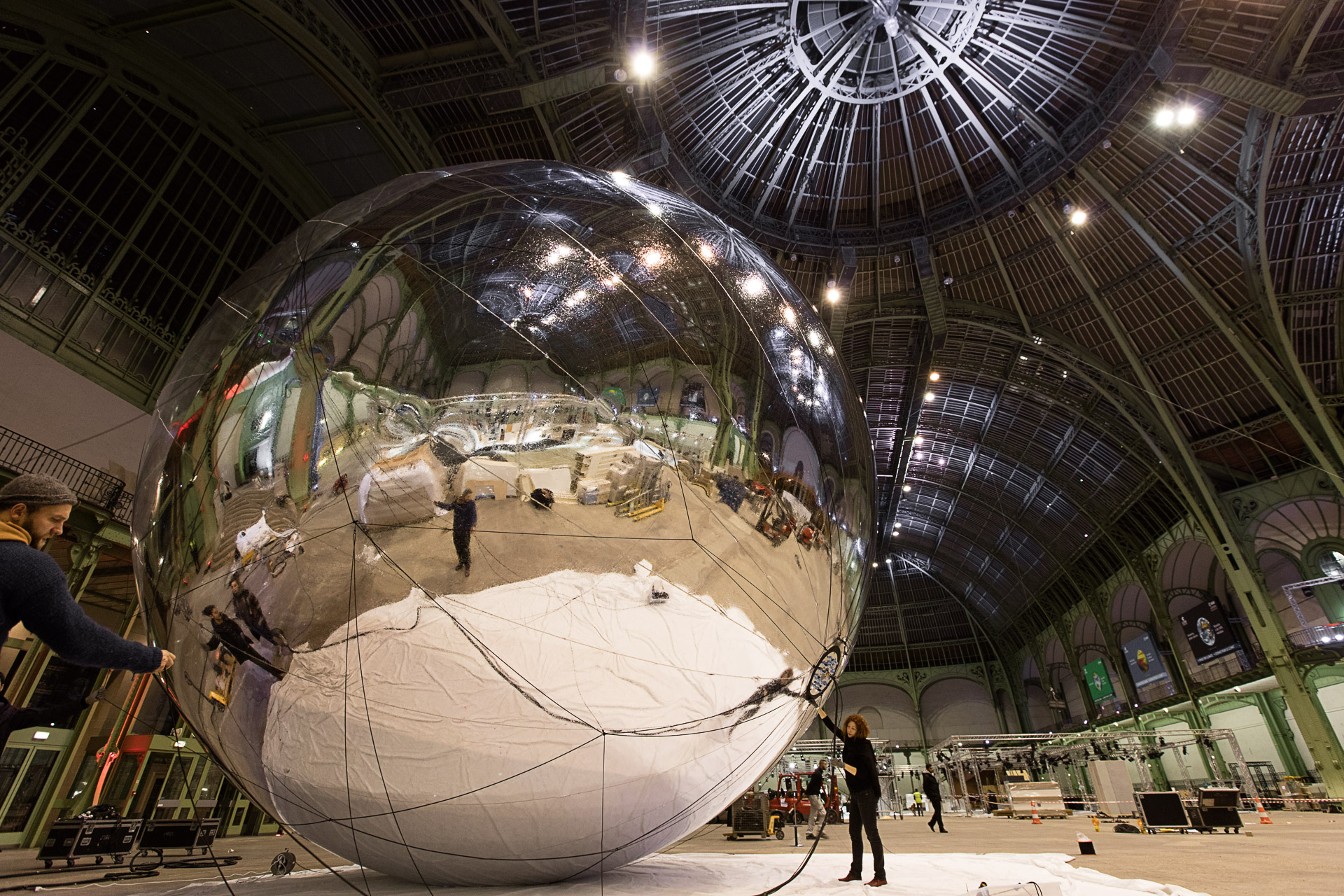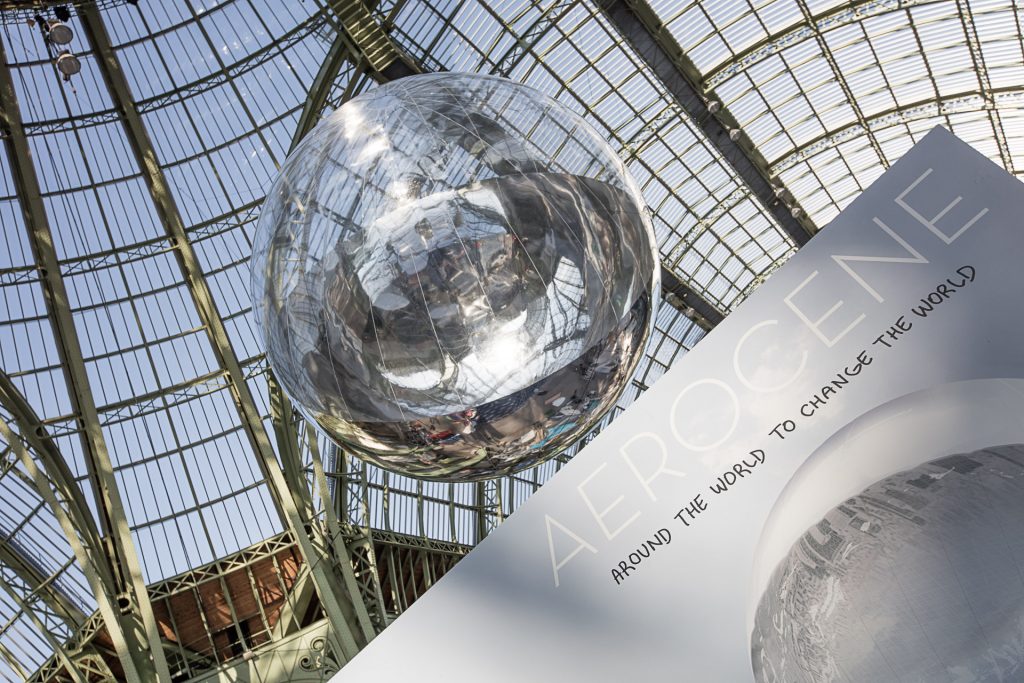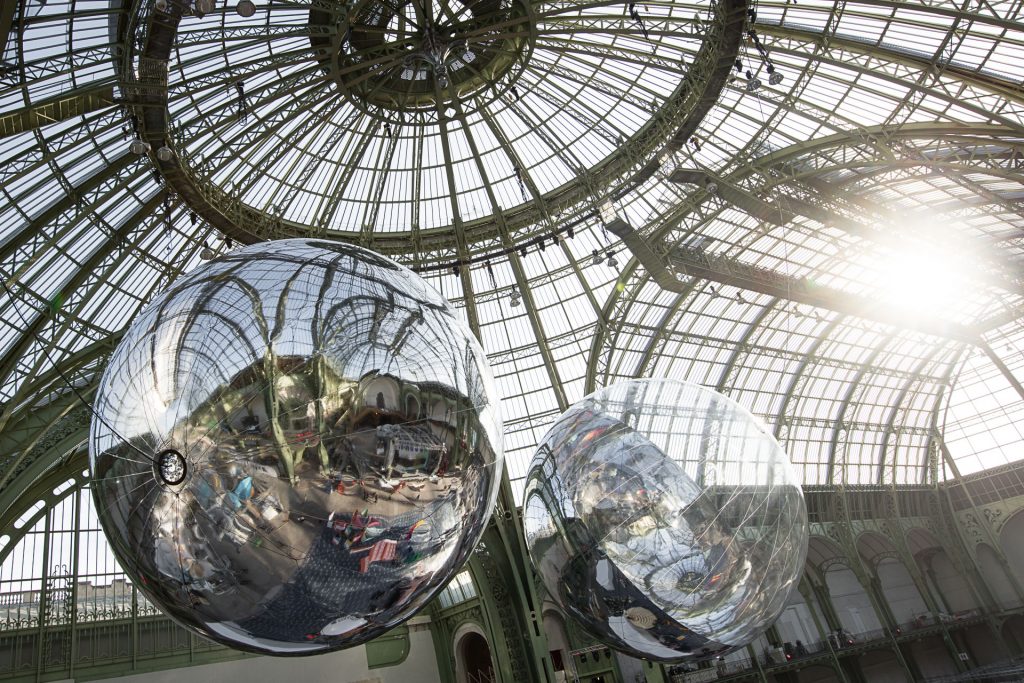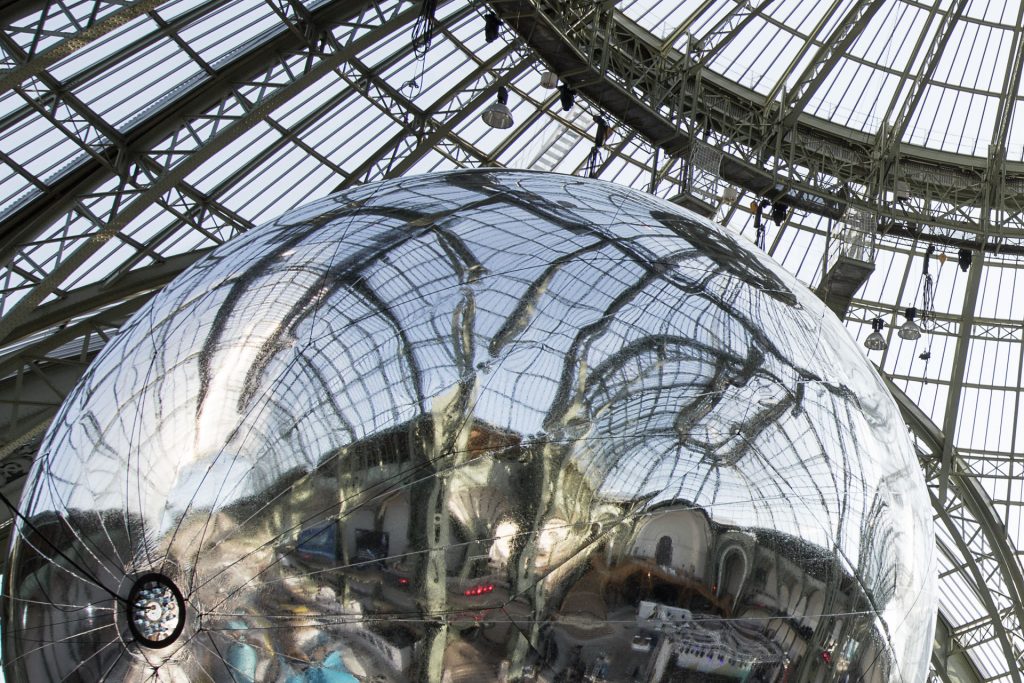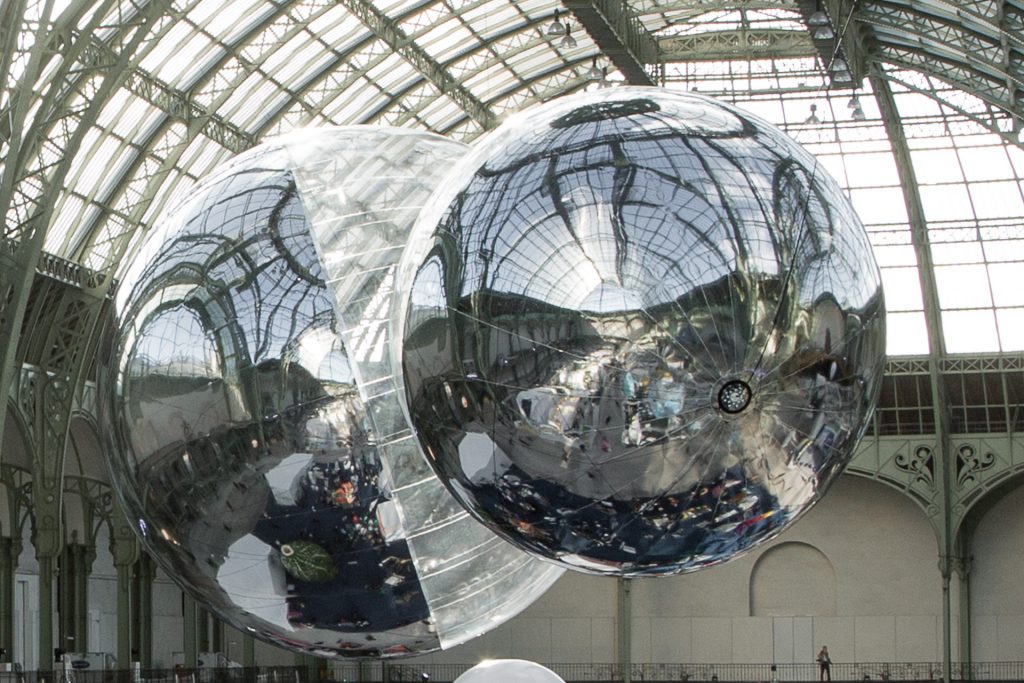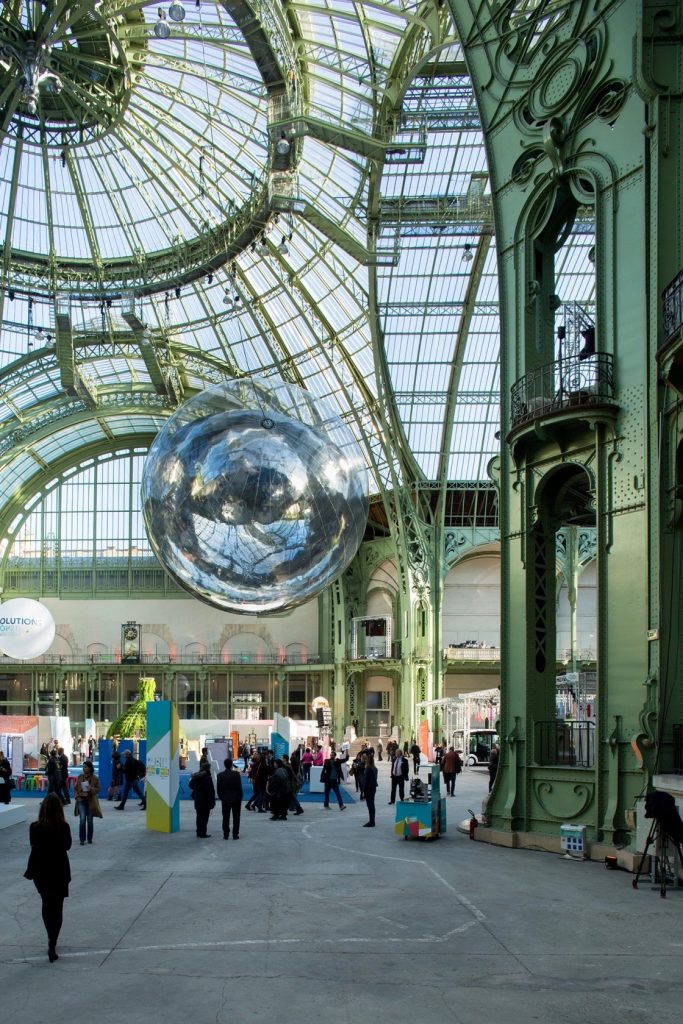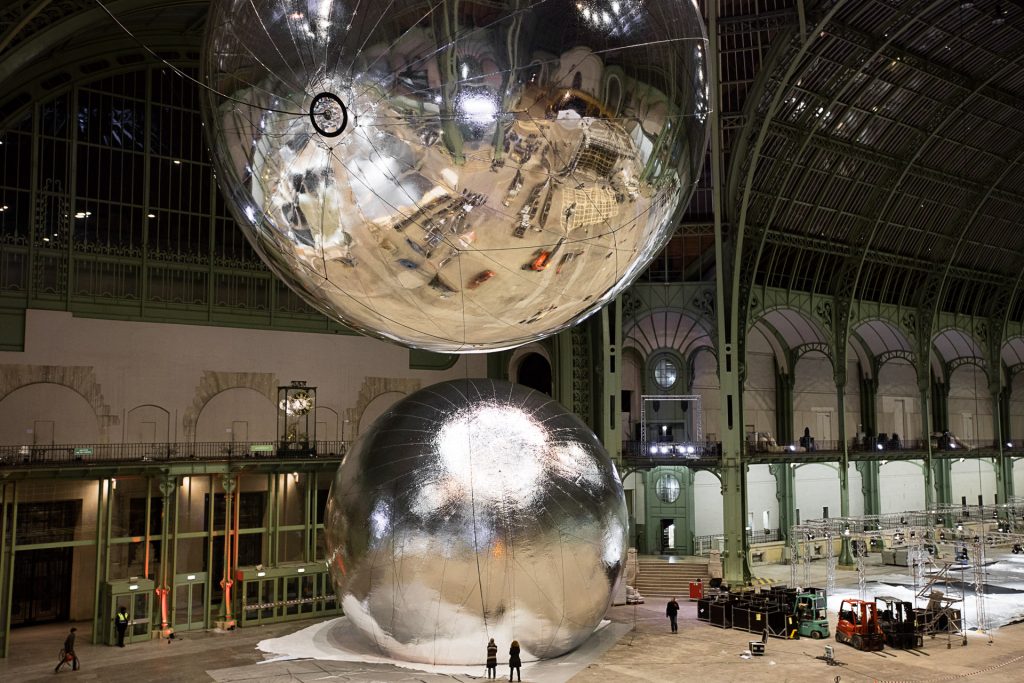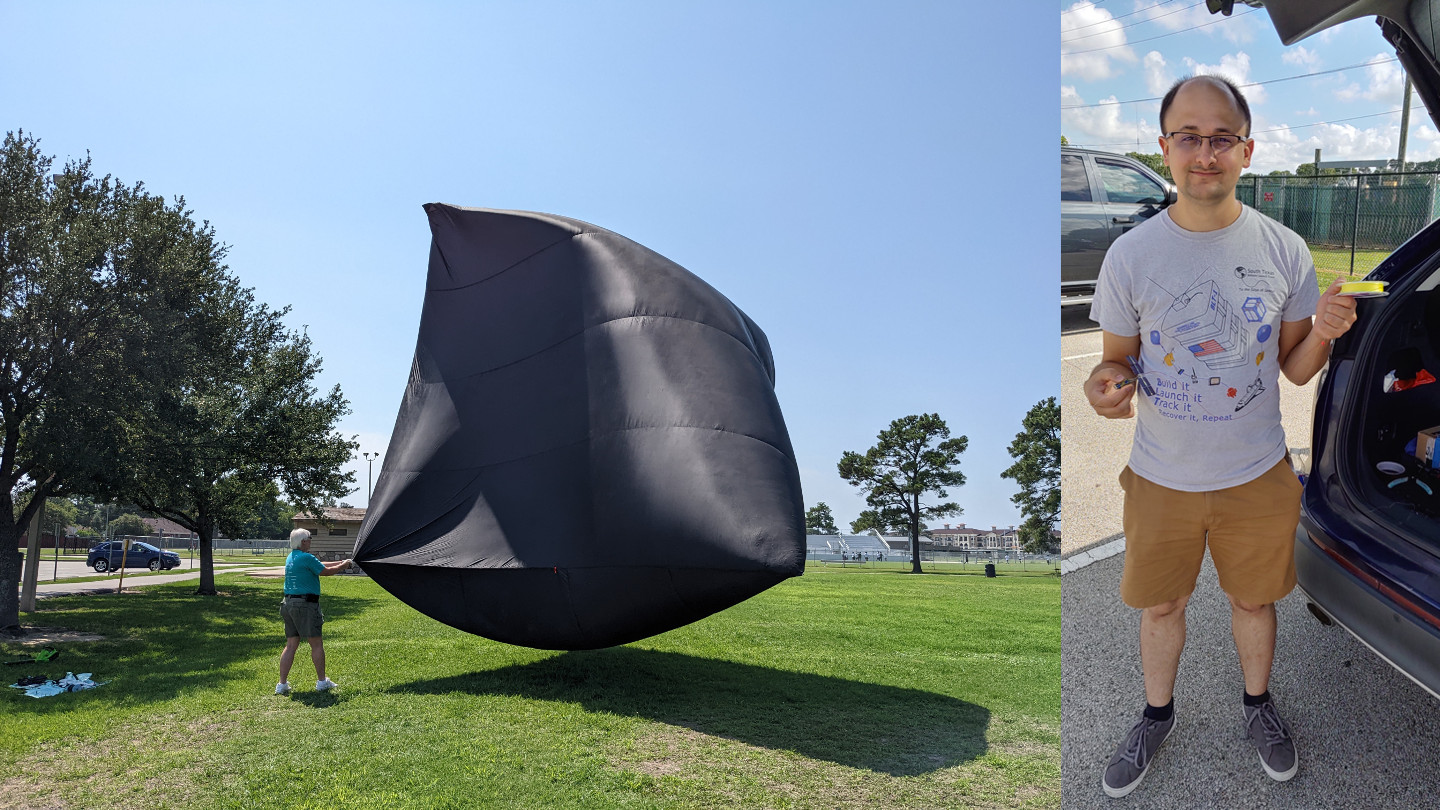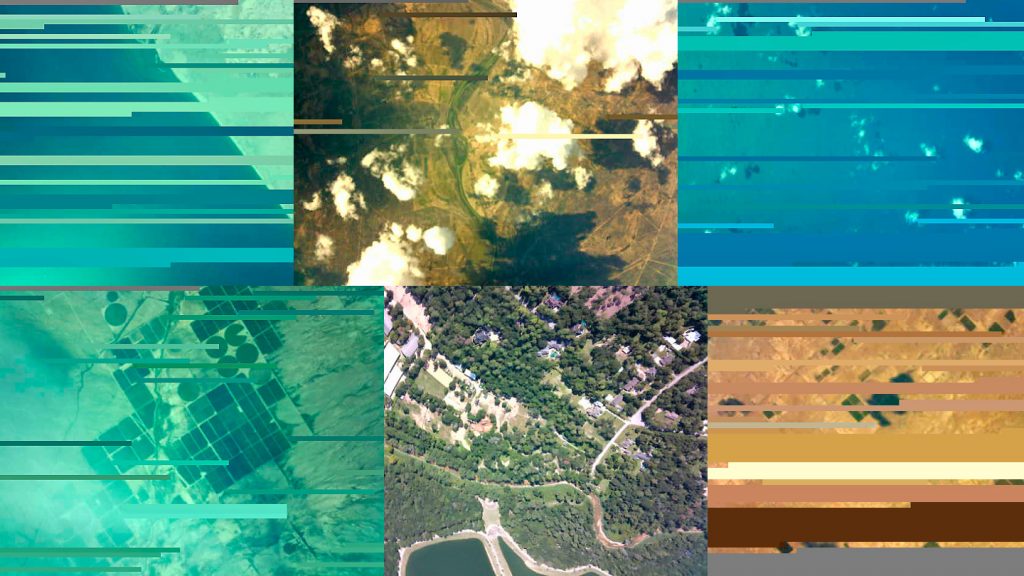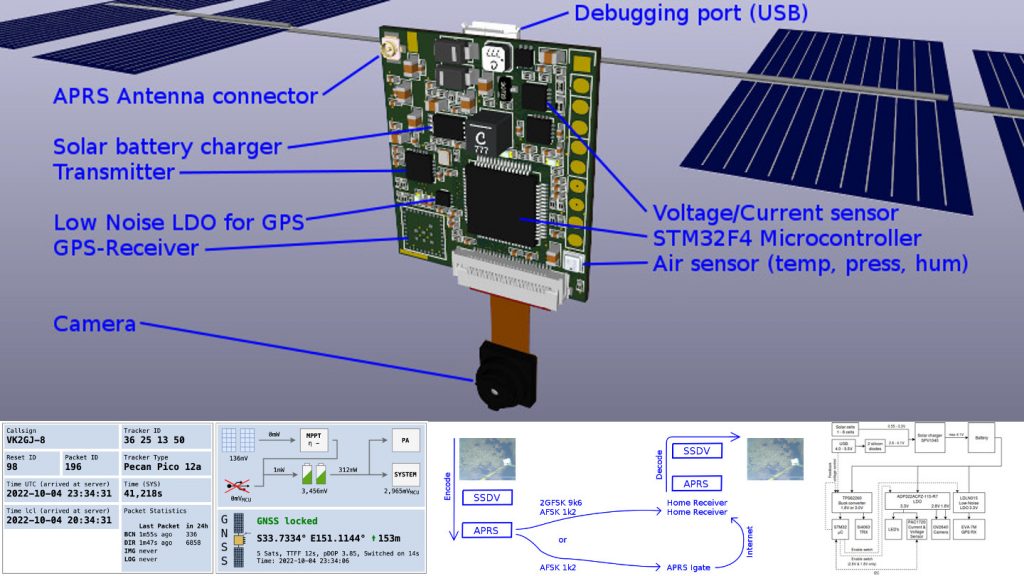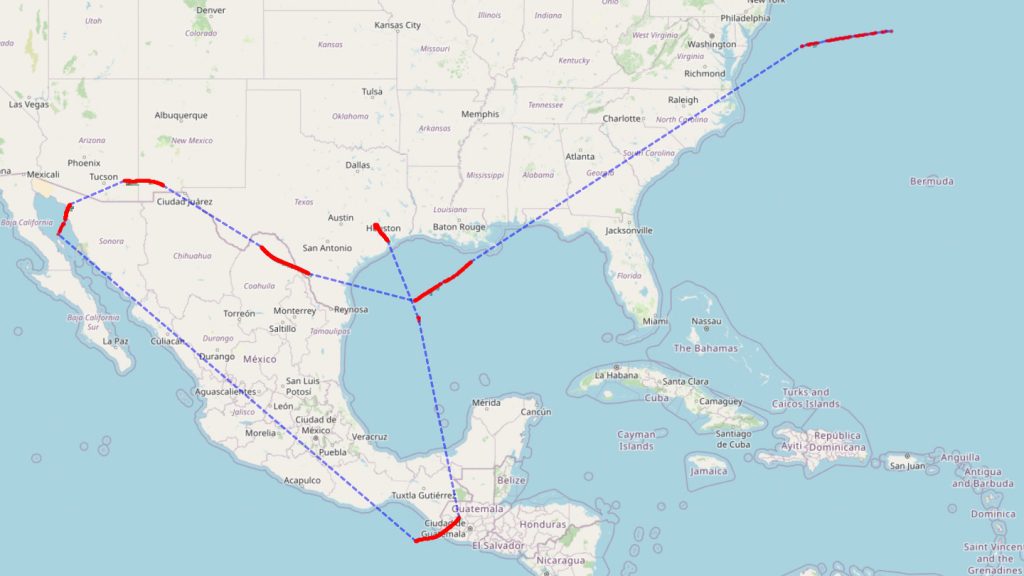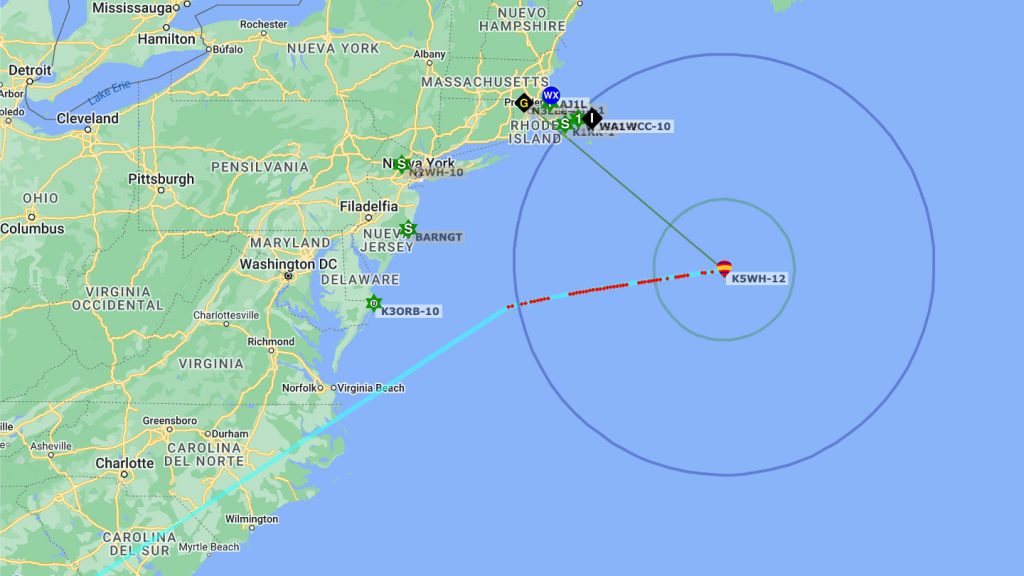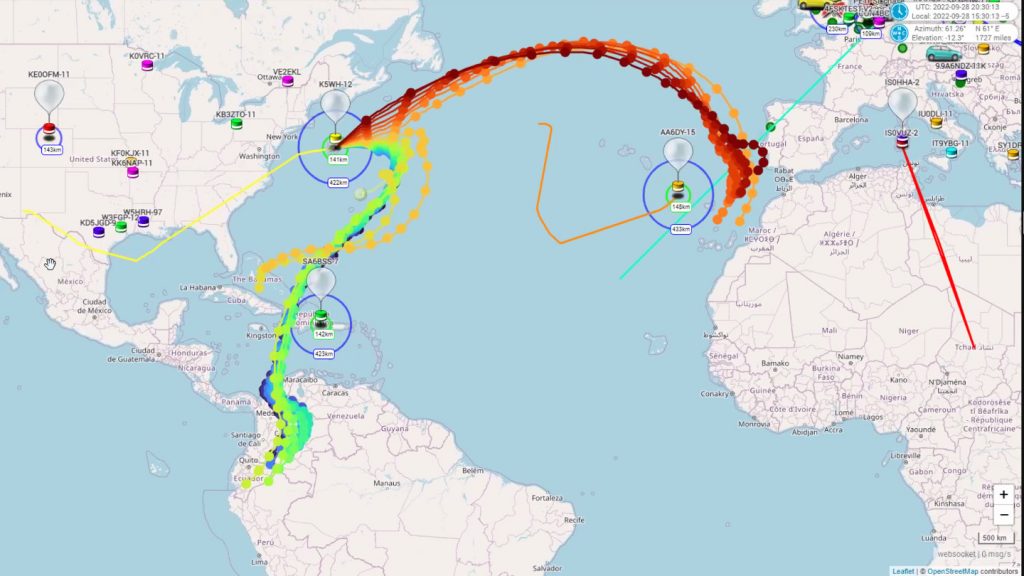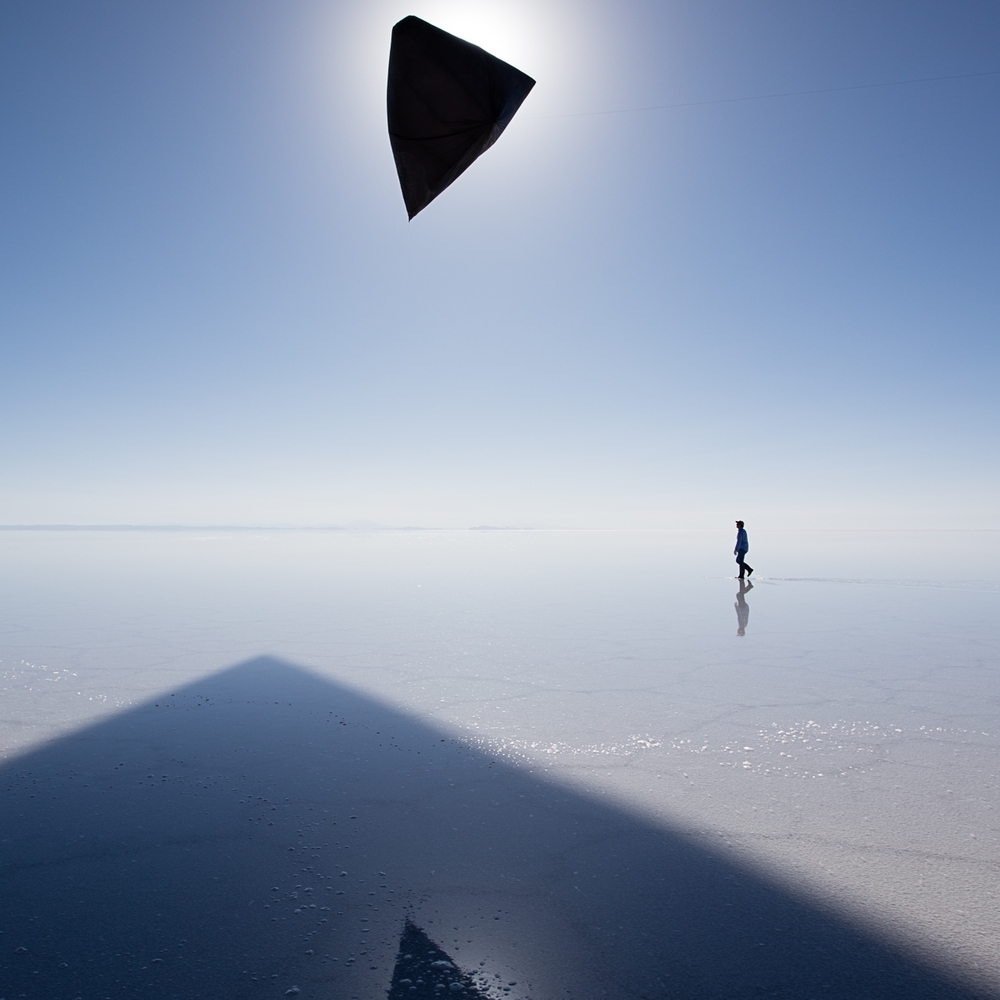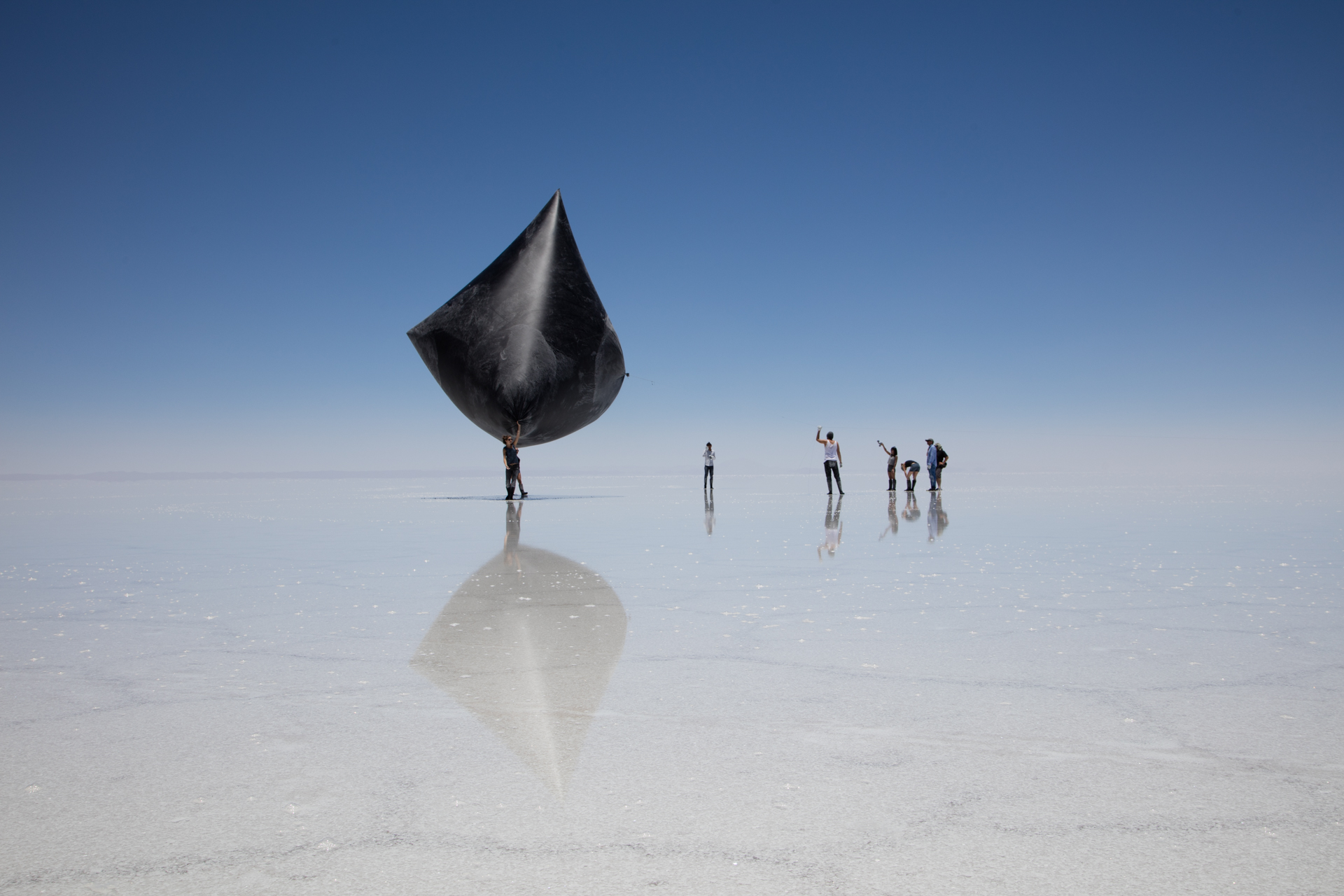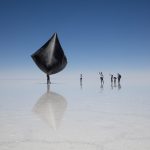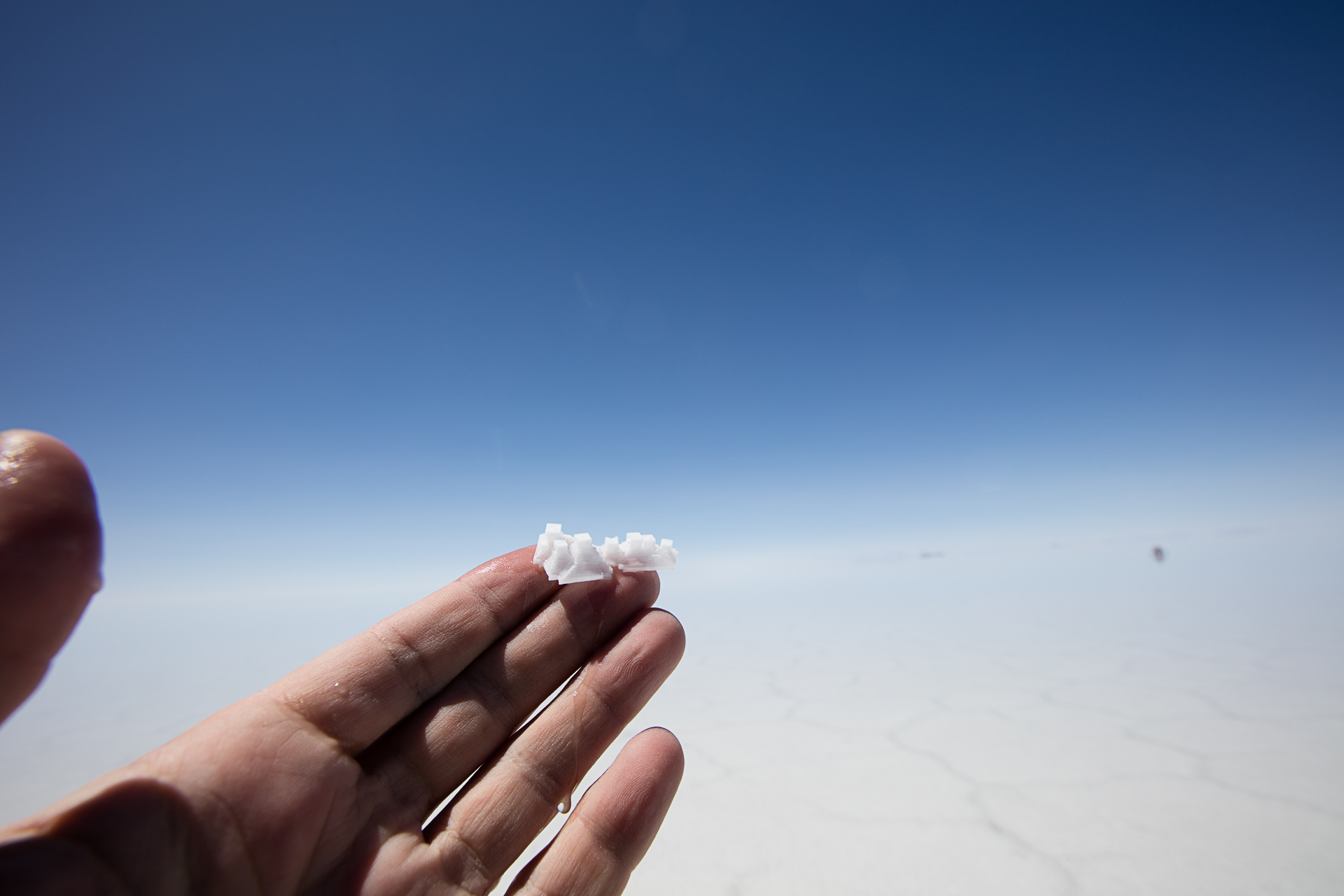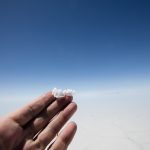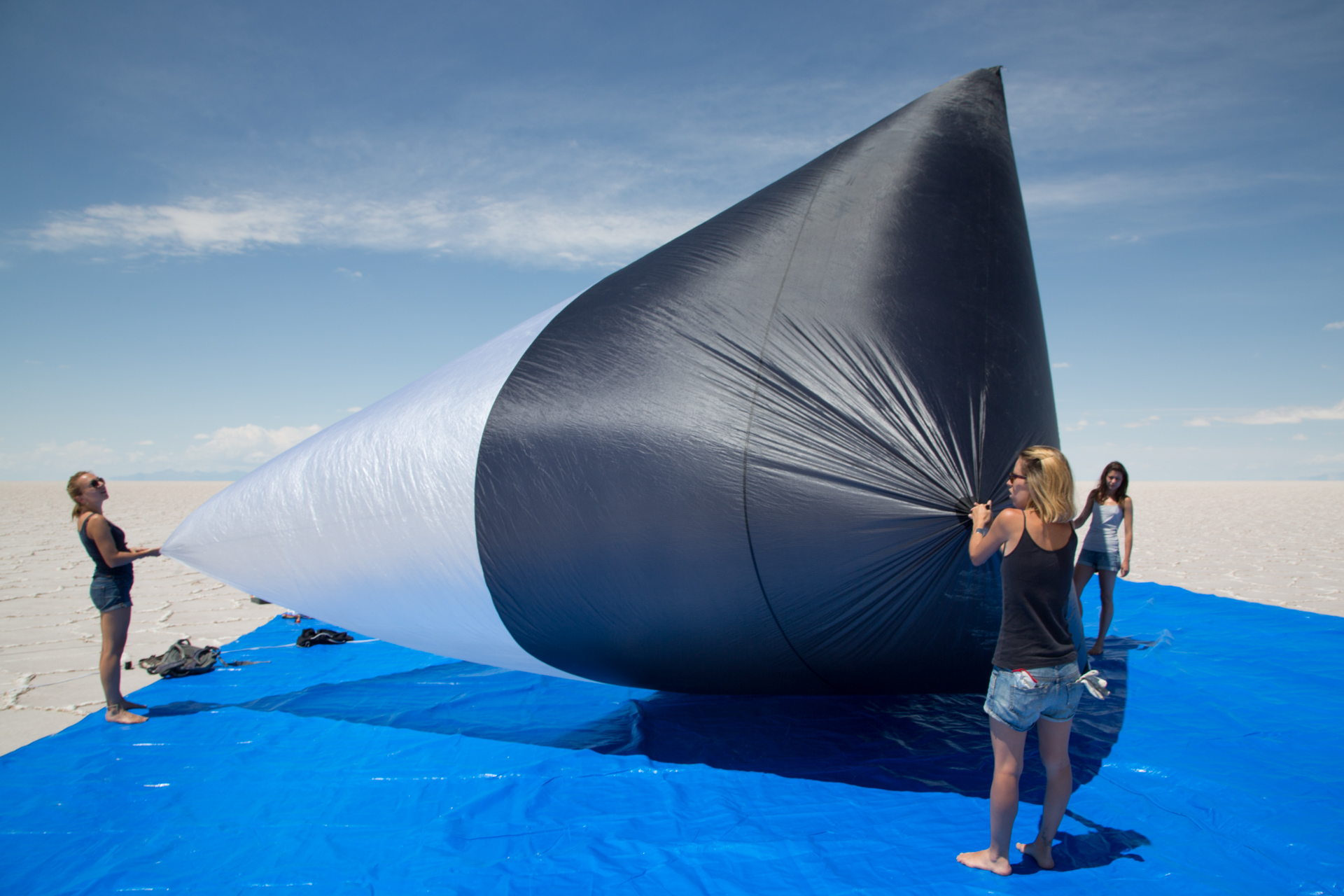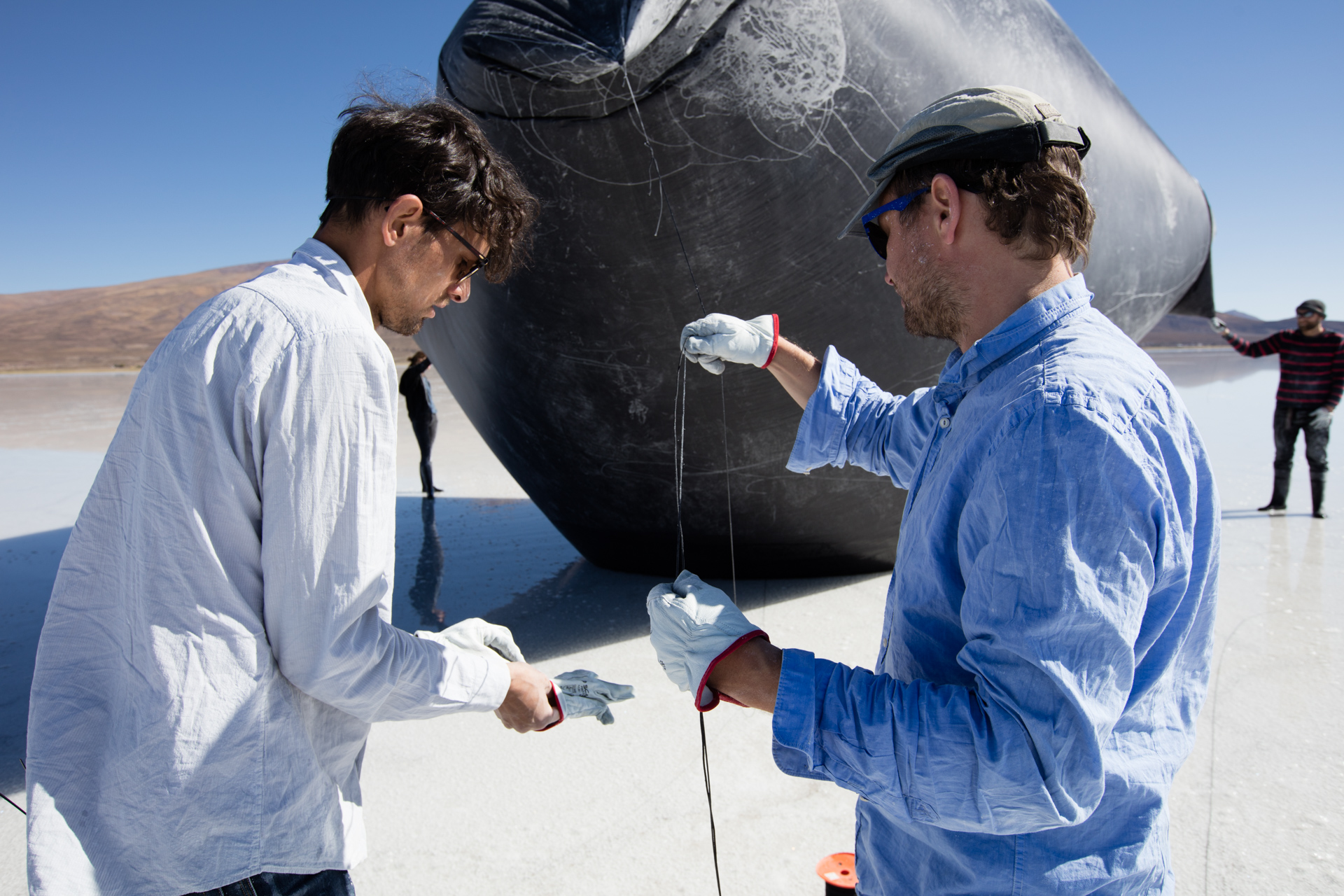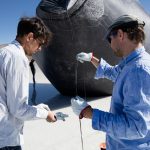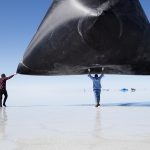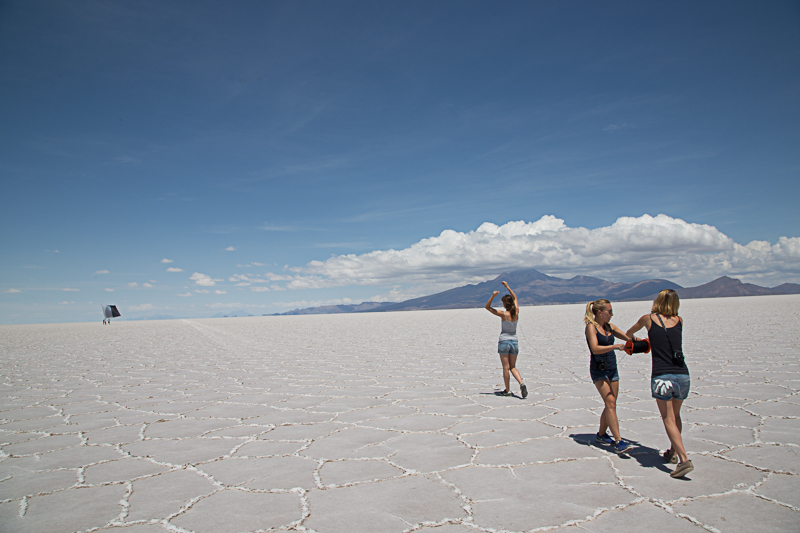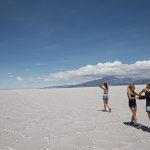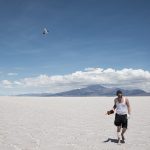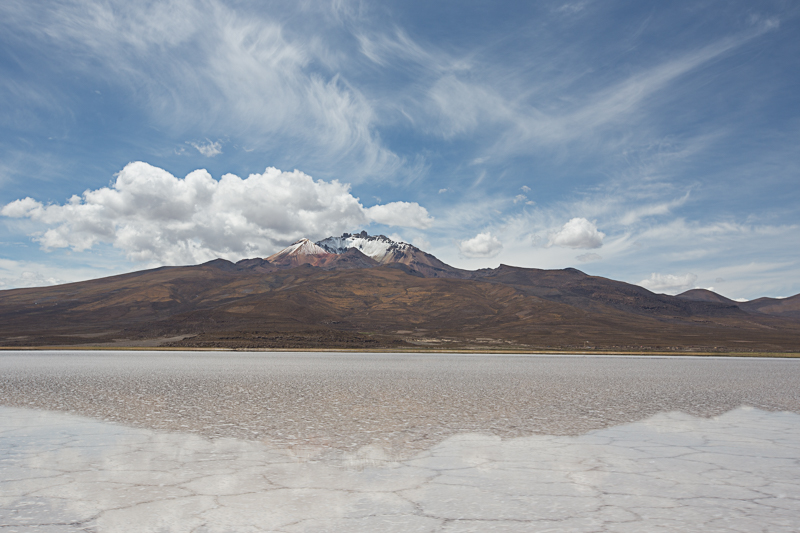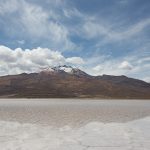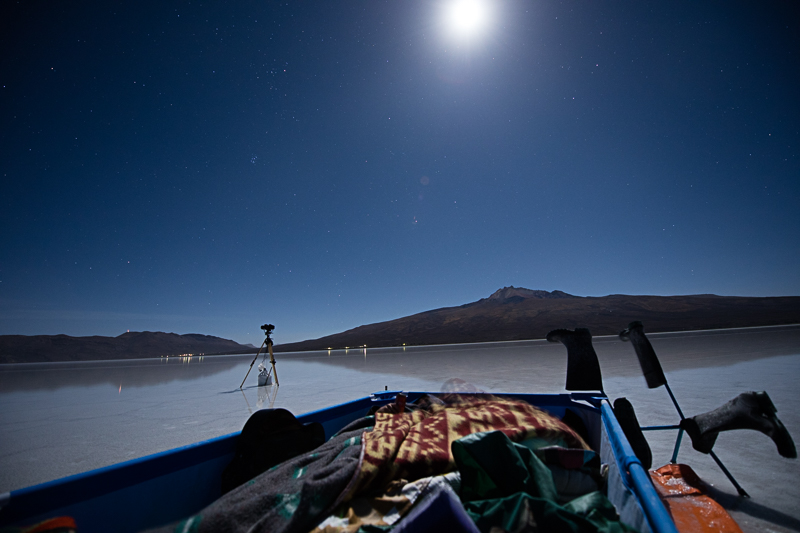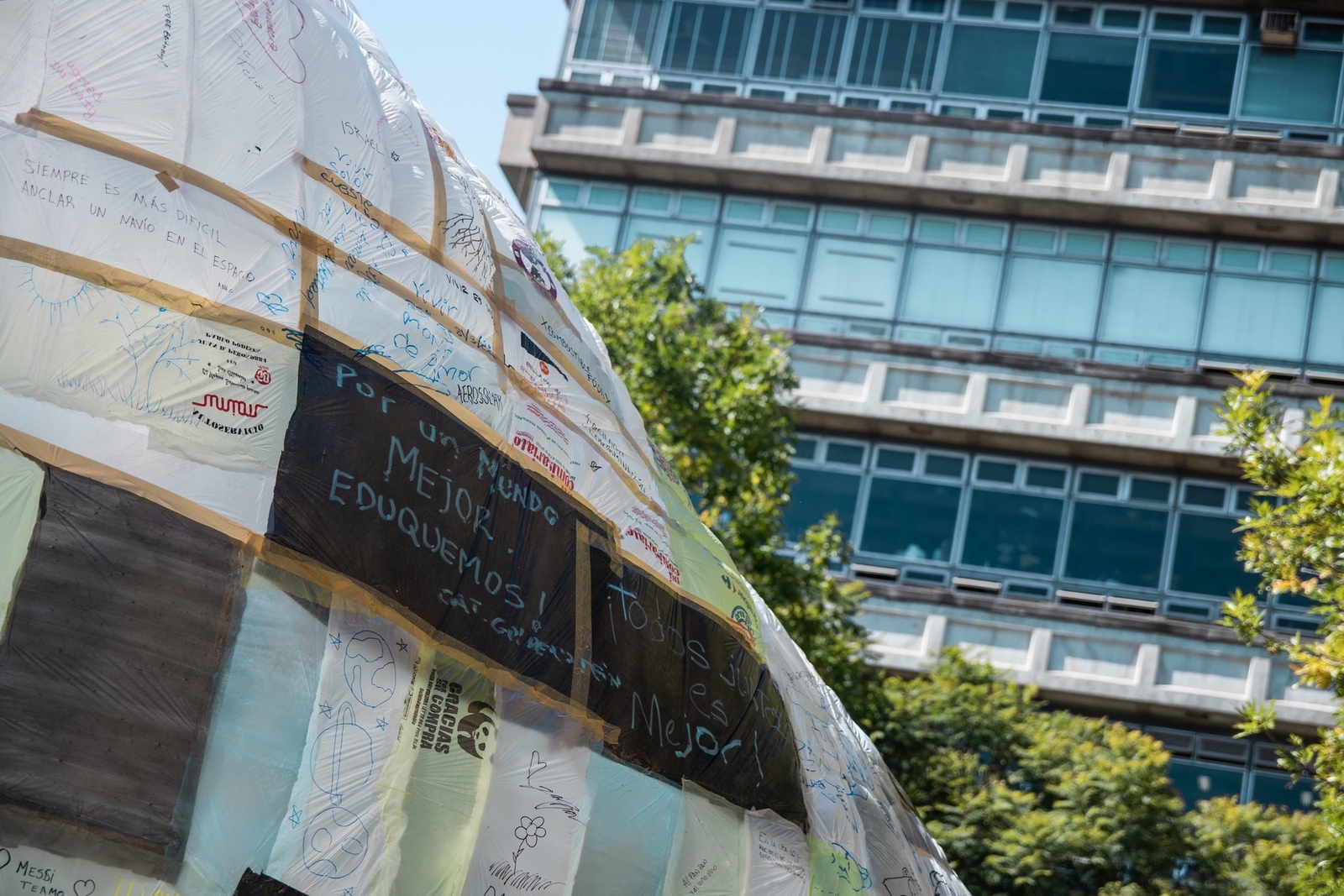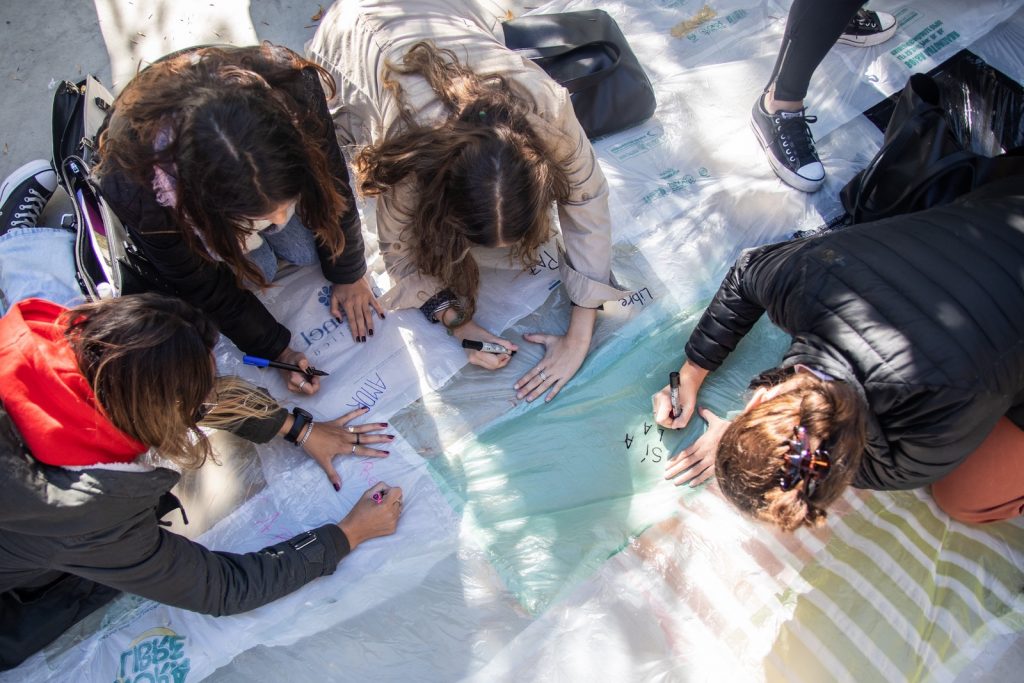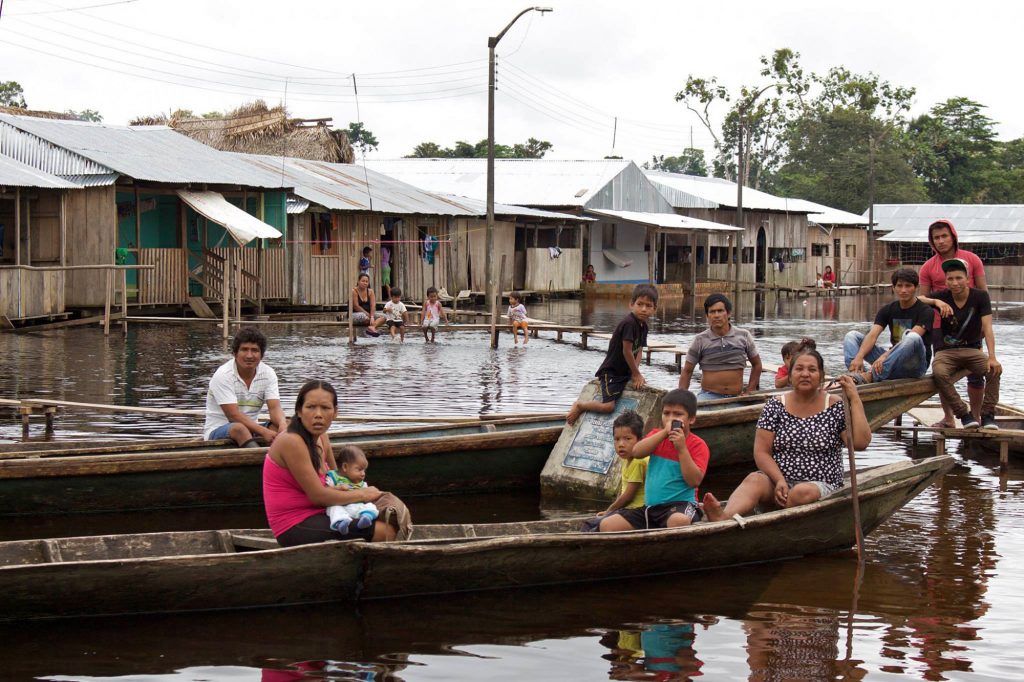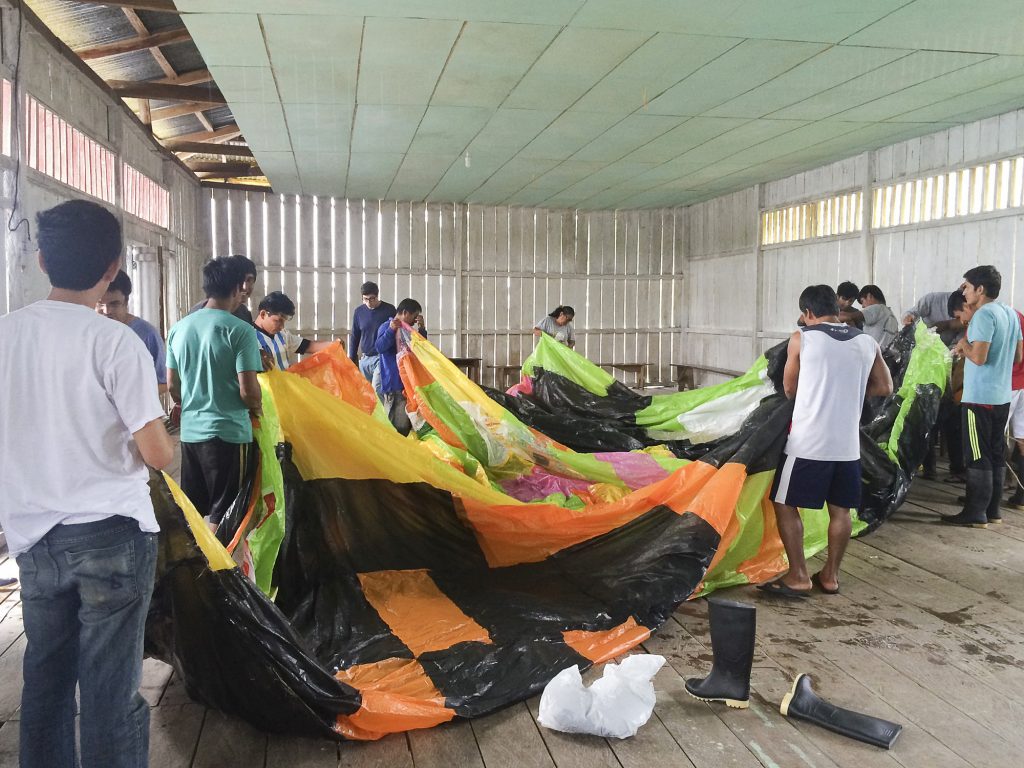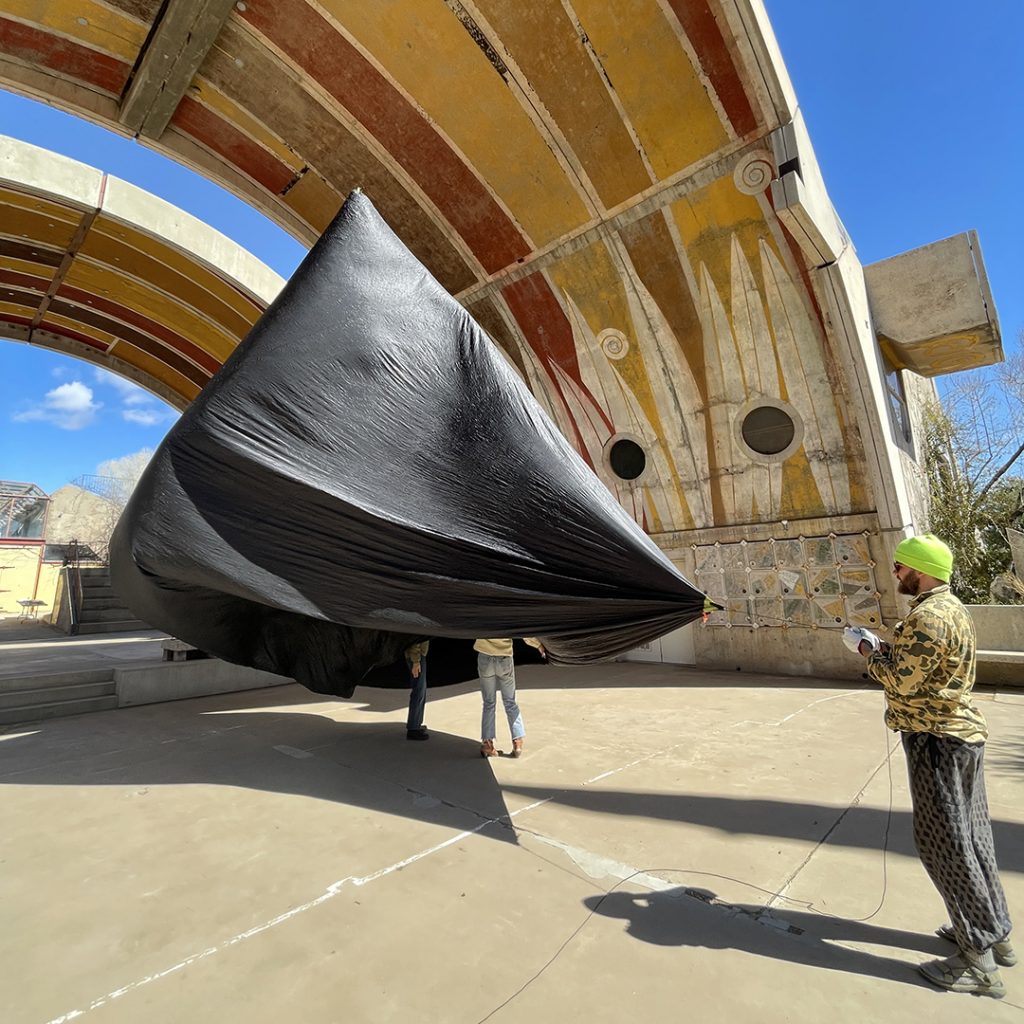Il 15 ottobre Aerocene si è alzata in volo a Frontignano, una piccola frazione del comune di Ussita, in provincia di Macerata.

Situata nel cuore del Parco Nazionale dei Monti Sibillini, la cittadina è tristemente nota per essere stata uno degli epicentri dei terremoti del 2016: un evento, quello sismico, che ha messo in ginocchio la città, danneggiandola in modo sostanziale e decimando al contempo il numero di turisti che ogni inverno affollavano queste zone per le attività sciistiche.


L’evento si proponeva di riflettere sul significato e sulle possibilità degli “altipiani”, di ripensare le montagne e di come viverle in modo autentico e non invasivo. cittadina è tristemente nota per essere stata uno degli epicentri dei terremoti del 2016: un evento, quello sismico, che ha messo in ginocchio la città, danneggiandola in modo sostanziale e decimando al contempo il numero di turisti che ogni inverno affollavano queste zone per le attività sciistiche.

La scultura Aerocene ha volato attraverso lo splendido scenario e, in assenza di vento, si è alzata lentamente sopra l’orizzonte, mentre un pubblico attento seguiva i suoi movimenti ondulatori.
Sineglossa (@sineglossa_), C.A.S.A. (@portodimontagna), orizzontale (@orizzontale_architecture), BAM! Strategie Culturali (@bamstracult) e Go World (@goworld_touroperator).

